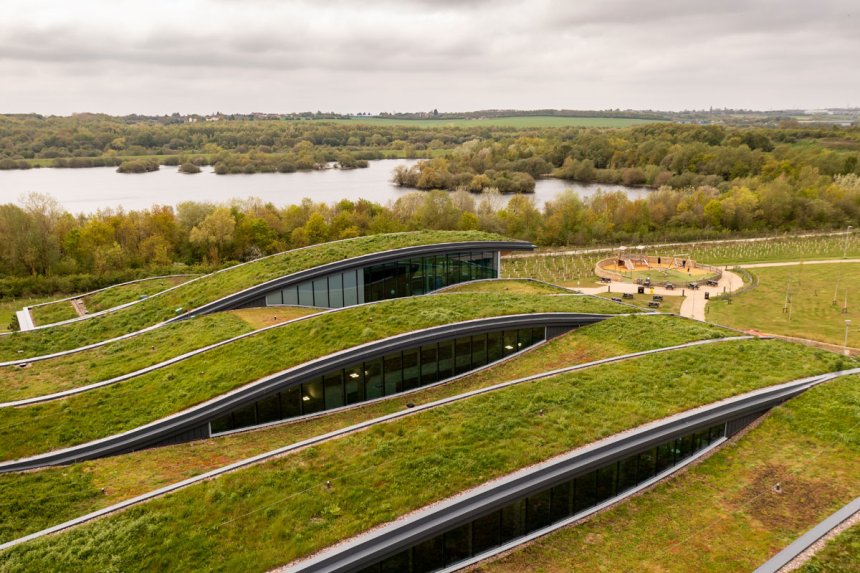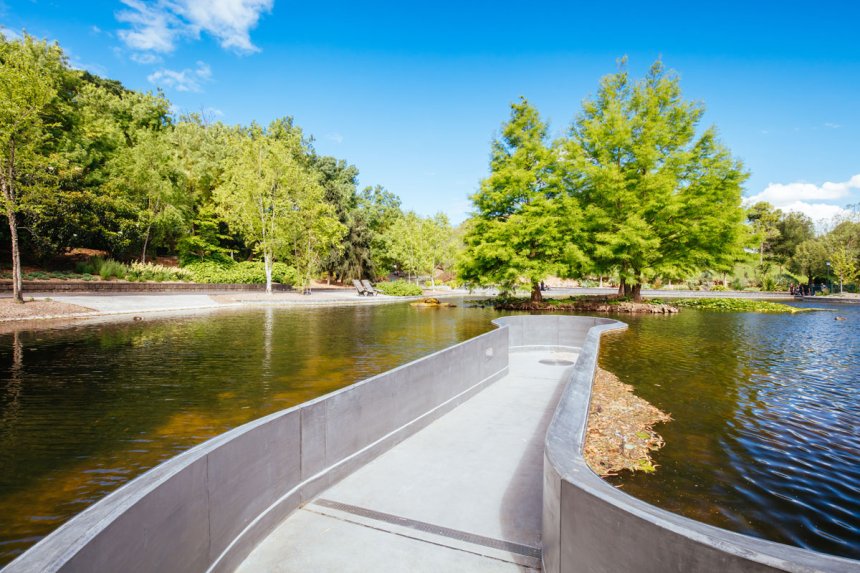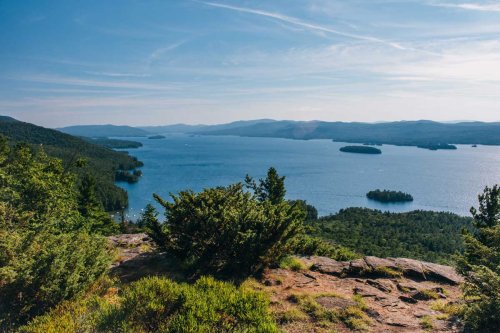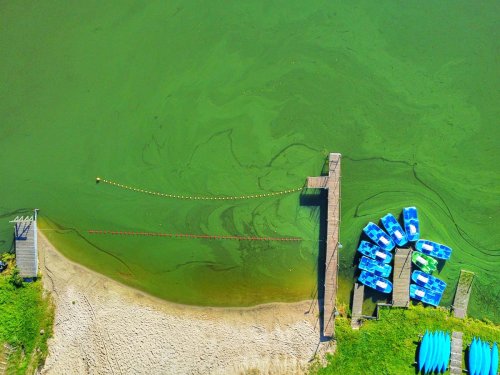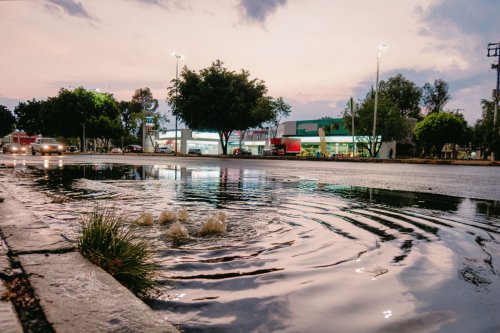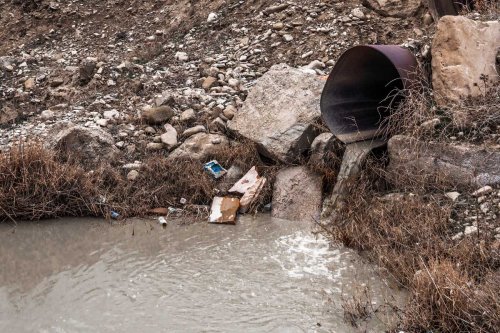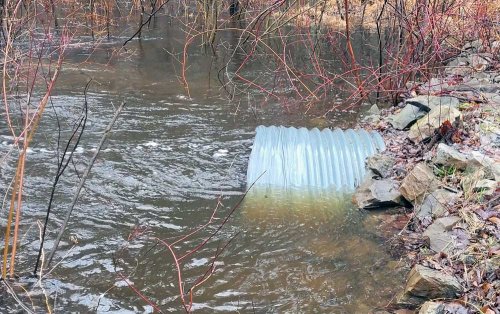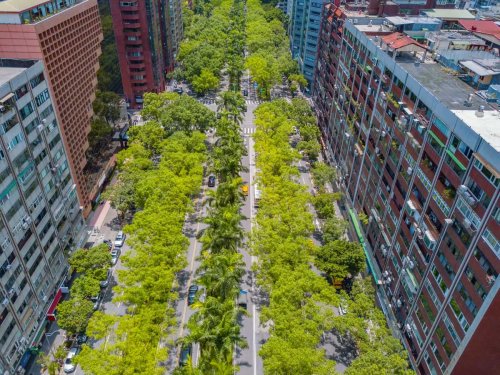From Pipes to Plants: How Cities Transition Stormwater Budgets to Nature-Based Solutions
Shifting dollars “from pipes to plants” is no longer a leap of faith, it is a budget strategy with proven returns. Whether the trigger is consent-decree pressure, flooding, or tight capital ceilings, the playbook is the same: start with a frank accounting of costs, then let nature handle the work that concrete once monopolized. The payoff is healthier waterways, resilient neighborhoods, and a stormwater balance sheet that finally reflects 21st-century realities.
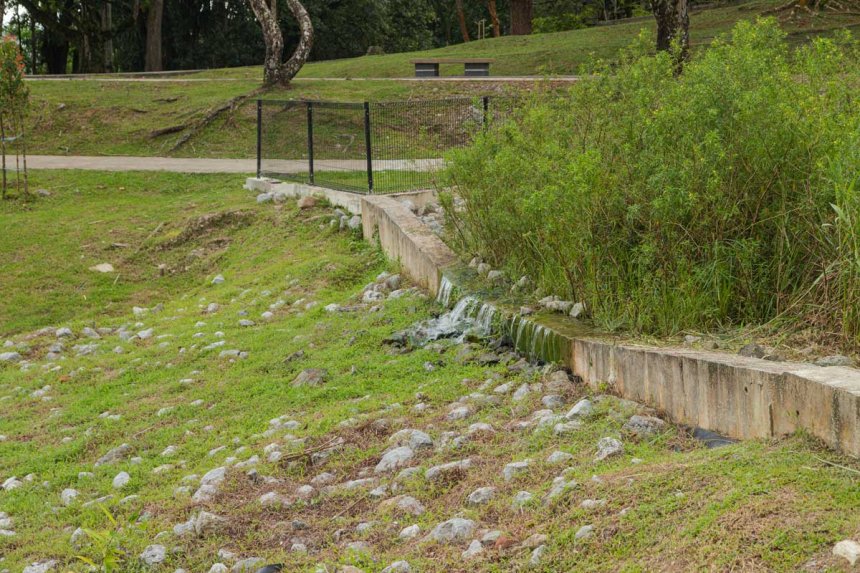
Why Cities Are Shifting the Balance
For most of the 20th century, municipal stormwater departments measured success by how quickly a pipe could move runoff to the nearest outfall. That “grey-only” mindset is changing fast:
-
Cost discipline. Philadelphia calculated that a 25-year green approach for its combined-sewer problem would cost about $1.2 billion versus $6 billion for a tunnel-and-tank alternative, an immediate 80 percent capital reduction. (eesi.org)
-
Life-cycle savings. A 2020 Arizona study comparing Low-Impact Development (LID) retrofits to conventional drainage found a 27 percent life-cycle cost saving over 50 years. (researchgate.net)
-
Risk reduction. Coastal wetlands alone prevented US $625 million in property damage during Hurricane Sandy, illustrating the avoided-loss value of nature-based infrastructure. (coastalresilience.org)
Beyond dollars, green infrastructure (GI) reduces flood peaks, filters pollutants, lowers urban heat, and improves neighborhood aesthetics, all of which make rate increases easier to justify.
Understanding the Budget Puzzle
| Budget Lens | Grey-Only System | Nature-Based / Hybrid System |
|---|---|---|
| Capital | Large, episodic outlays for tunnels, tanks, pump stations. | Distributed, incremental investments (bioretention, green roofs, tree trenches). |
| O&M | Predictable, but energy-intensive and exposed to power costs. | More vegetation maintenance, less pumping; often employ workforce-development programs. |
| Co-Benefits | Mostly un-monetized. | Heat-island relief, recreation, equity, property-value lift, many now quantified in grant scoring. |
Cities that succeed start by mapping every stormwater dollar, capital, operations, debt service, and permit compliance, then tagging which expenses could be met or reduced with green alternatives.
Tools for Re-allocating Dollars
| Mechanism | How It Works | Budget Impact |
|---|---|---|
| Stormwater Fees & Credits | Charge impervious area; offer credits up to 80 % for on-site GI. | Keeps rate base stable while shifting private capital to plants, not pipes. |
| Green Bonds & Environmental Impact Bonds | Issued specifically for GI portfolios; investors absorb performance risk. | Spreads large GI programs over 20-30 years without spiking user fees. |
| State Revolving Fund “NBS carve-outs” | Many SRFs now score GI higher; DC, for example, has directed $118 million of SLFRF dollars toward energy and green-infrastructure work. (doee.dc.gov) | |
| Credit Trading | DC’s Stormwater Retention Credits let private developers pay for off-site GI that outperforms code requirements. | Creates a self-funding market for new projects in priority neighborhoods. |
| Capital-Improvement-Plan (CIP) Screens | Require every new pipe project to show a “green alternative” line item. | Avoids lock-in of oversized grey assets. |
Budget Signals from Pioneering Cities
-
Philadelphia, PA – Annual Stormwater Grants budget restored to $33 million; program weighted toward vegetated retrofits in underserved neighborhoods.
-
Seattle, WA – The 2015-2020 GSI strategy set aside ≈ $57.7 million in SPU capital (plus partner contributions) specifically for roadside bioretention, RainWise incentives, and creek-protection retrofits.
-
Milwaukee MMSD, WI – Proposed 2025 budget allocates $220 million for overflow reduction and flood-management projects that heavily feature green infrastructure. (mmsd.com)
-
District of Columbia – Since 2022 the city has received $118 million in federal recovery dollars for energy and GI programs, bolstering its Stormwater Retention Credit market. (doee.dc.gov)
These numbers matter because finance directors look for peer evidence before shifting line items.
A Six-Step Roadmap for Transitioning Your Budget
-
Audit the Stormwater Ledger. Catalog every pipe, pump, and parcel: capital debt, O&M, regulatory fees, and consent-decree schedules.
-
Set Triple-Bottom-Line Metrics. Assign dollar values (or scoring weights) to flood-risk reduction, heat mitigation, job creation, and equity.
-
Create a Green-First Policy Gate. Require engineers to show the GI alternative and its cost per gallon managed before any grey project can enter design.
-
Leverage External Capital. Use fee-in-lieu programs, credit trading, and public-private partnerships to attract private dollars.
-
Match O&M to New Assets. Reallocate a slice of pipe-maintenance funding to vegetative upkeep contracts or workforce-development corps.
-
Track, Report, Adjust. Publish annual gallons-managed and cost-per-gallon metrics; re-align budgets every CIP cycle.
Overcoming Common Hurdles
| Challenge | Practical Tactic |
|---|---|
| Legacy debt covenants | Refinance grey bonds with a GI tranche; bond counsel can certify environmental benefits. |
| Staff skill gaps | Pair operations crews with local conservation corps for vegetation maintenance seasons. |
| Political skepticism | Start with highly visible pilot blocks (schoolyards, library rain gardens) that cut runoff bills quickly. |
| Equity concerns | Use heat-vulnerability and income layers to target GI grants, as Philadelphia’s updated scoring rubric now does. |
Shifting dollars “from pipes to plants” is no longer a leap of faith, it is a budget strategy with proven returns. Whether the trigger is consent-decree pressure, flooding, or tight capital ceilings, the playbook is the same: start with a frank accounting of costs, then let nature handle the work that concrete once monopolized. The payoff is healthier waterways, resilient neighborhoods, and a stormwater balance sheet that finally reflects 21st-century realities.


